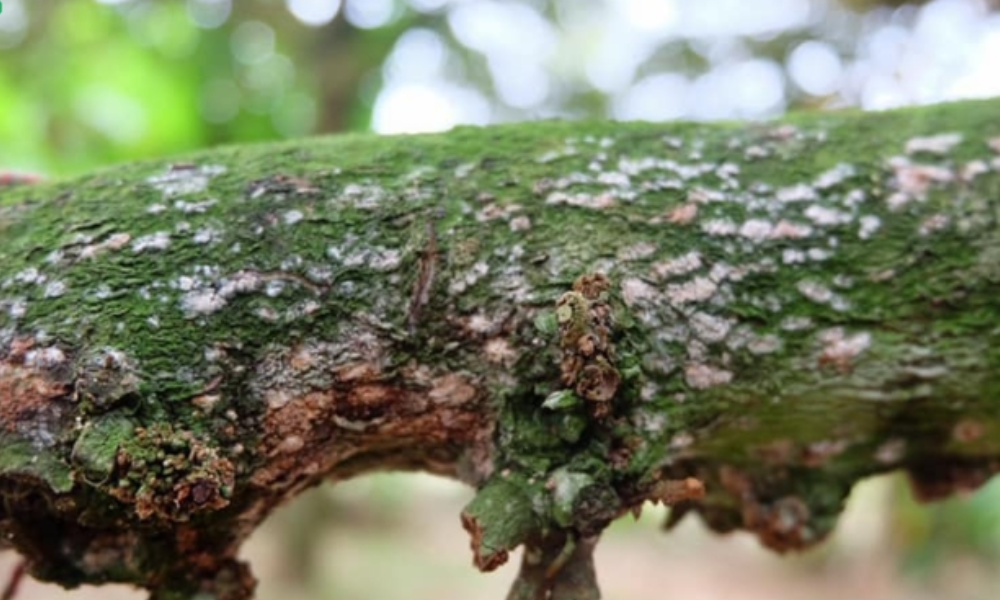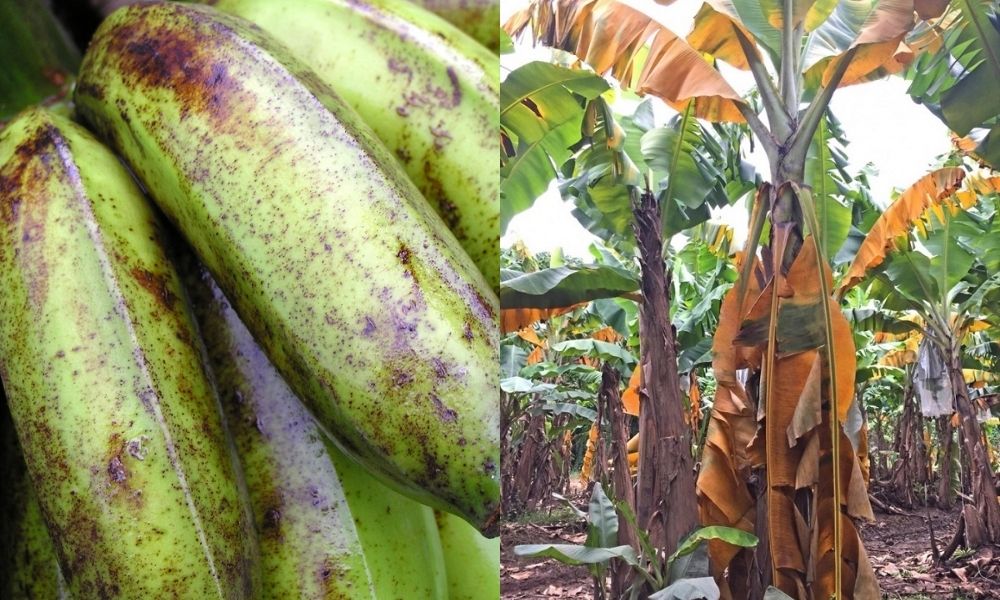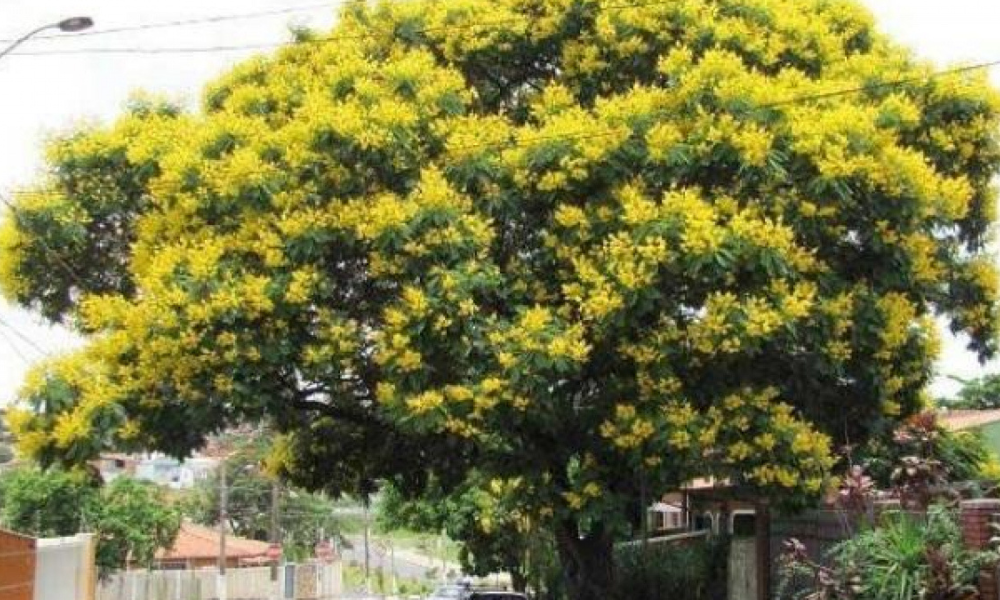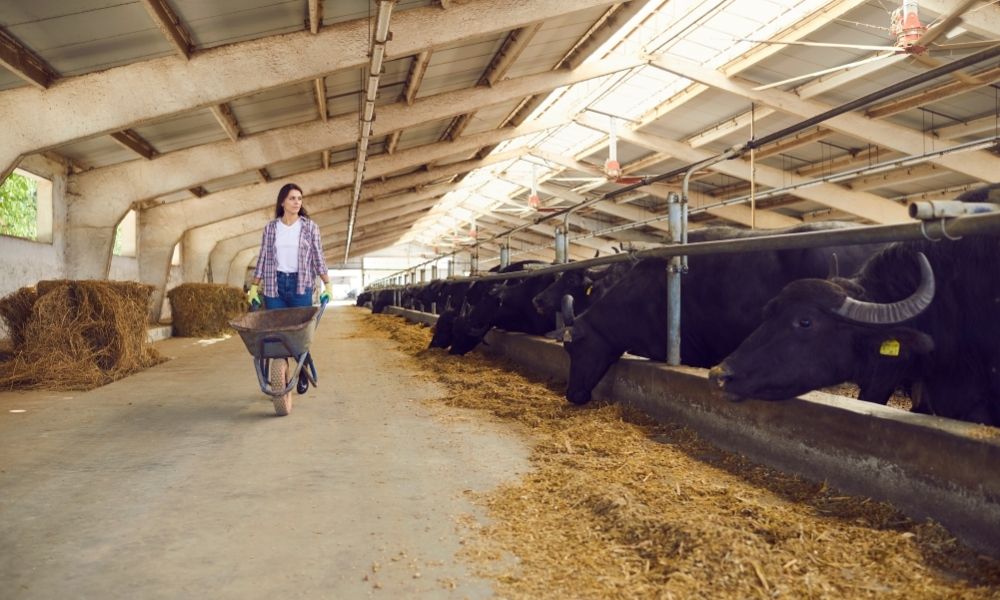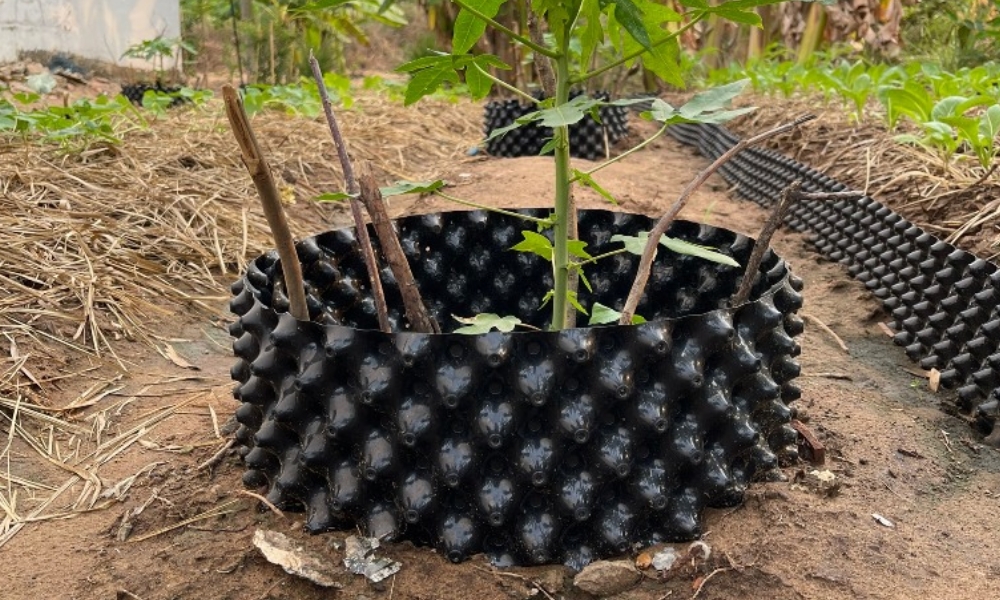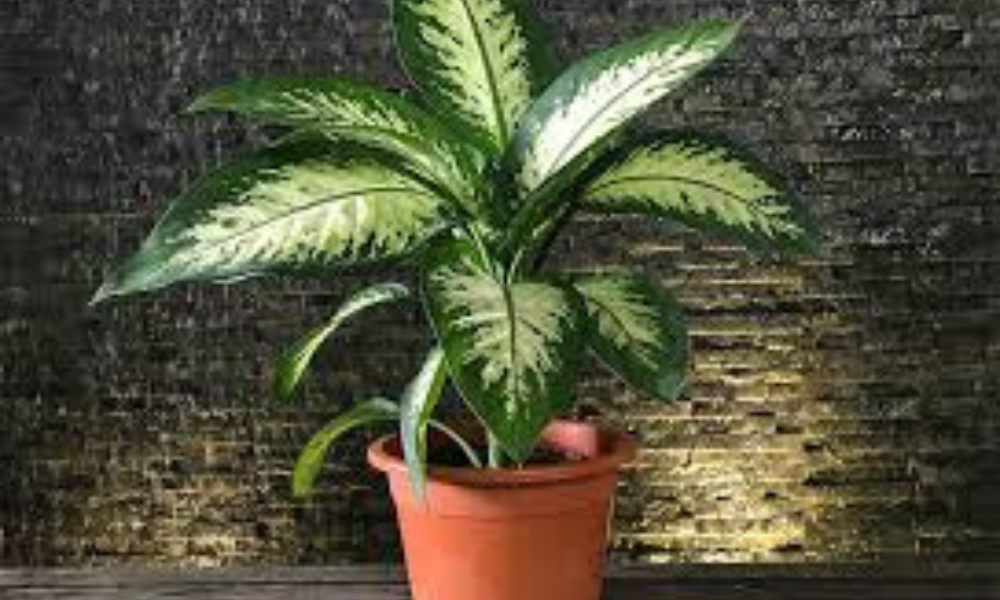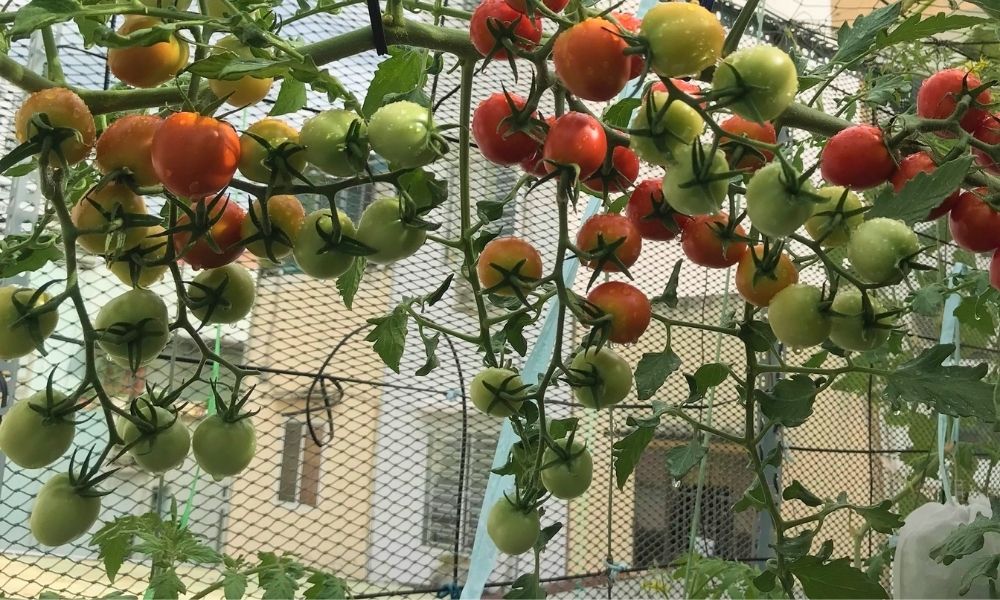Chồi Là Gì? Khám Phá Thế Giới Của Chồi Cây, Mầm Và Sự Sinh Trưởng
What are buds? That’s a question that many plant lovers, especially gardeners like us at KTH GARDEN, often ask. A bud, also known as a sprout, is the beginning of new life on a plant, a tiny bud that holds the potential to develop into branches, leaves, and even flowers. It’s magical, isn’t it?
This article from KTH GARDEN will help you better understand buds: from the basic concept, the different types of buds, the conditions necessary for bud growth, to the importance of buds in the life cycle of plants. The plant and how to care for it so that the buds grow strongly, producing lush green leaves and brilliant flowers. Come explore the magical world of buds with us!
What are buds? Concept and types of tree buds
Buds, also known as sprouts, are the most important part of the tree, the beginning of the development of branches, leaves and flowers. A bud is essentially a small structure, containing the potential to create new life for a plant. From this small growing point, the tree can grow branches, leaves, even flowers and fruits, depending on the type of bud. Imagine, without buds, plants would not be able to grow and proliferate, and the plant world would lack diversity and brilliant beauty. Understanding buds is not only important for botanists but is also useful for those who are passionate about bonsai care. Understanding the structure and function of buds helps us take care of plants more effectively, creating favorable conditions for plants to grow strongly.
One of the outstanding characteristics of buds is their diversity in morphology and function. There are many types of buds, each with its own unique characteristics. We can classify buds based on growth location, function or shape. For example, based on location, buds can be apical buds (growing at the tip of branches), axillary buds (growing in leaf axils) or adventitious buds (growing at unusual locations on the stem). The apical bud is usually the dominant bud, helping the plant grow in height. According to function, buds are divided into leaf buds (develop into leaves) and flower buds (develop into flowers). The difference between these two types will be discussed in more detail later. Some plants even have special buds, such as bulb buds and onion buds, that help the plant survive harsh winters or dry conditions. A tree can have hundreds, even thousands of buds, each bud carries a separate task, contributing to the beauty and vitality of the entire tree. Thanks to the existence and development of these buds, the tree can grow and develop healthily, producing abundant fruits.
In shape, buds can be very small, just a few millimeters, or larger depending on the plant species and growing conditions. Young shoots are often a soft, luscious green, while older shoots may turn brown or darker. The surface of the bud may be smooth or pubescent, depending on the plant species and habitat. Carefully observing the shape and color of the buds can help us determine the health status of the plant. Lush, green buds show that the plant is growing well; on the contrary, withered and deformed buds can be a sign that the plant is sick or lacking nutrients. In fact, a person with many years of experience in the field of horticulture can determine the disease or condition of a plant just by observing the buds. Some buds may have protective scales, which help protect the buds from environmental influences such as frost or harsh sunlight. This shows the great adaptation of plants during evolution.
Budding process and influencing factors
The budding process is a complex process, influenced by many environmental and endogenous factors. Sprout, the stage before buds appear, develops from seeds or other parts of the plant. This process begins when the seed germinates, the roots begin to grow into the ground to absorb water and nutrients, while the buds begin to emerge from the ground, towards the light. Shoot growth depends greatly on environmental factors such as temperature, light, humidity and nutrients in the soil. Buds need enough water to maintain metabolism, light for photosynthesis, and nutrients to build new cell tissue. This explains why plants grown in regions with temperate climates, abundant water sources and fertile soil often produce healthy buds and grow quickly.
The ideal temperature for budding depends on each plant species. However, in general, warm temperatures often promote budding. Temperatures that are too low or too high can inhibit or damage young shoots. Light also plays an important role in the budding process. Buds need light to carry out photosynthesis and synthesize organic substances to nourish growth. Light that is too weak can lead to weak, fragile, disease-prone buds. On the contrary, light that is too strong can also cause leaf burn and bud damage. Therefore, providing enough light but not too intense is very important for bud growth.
Proper humidity also plays an important part in ensuring good growth of young shoots. Too low humidity can cause buds to wilt, while too high humidity can cause fungal diseases. This emphasizes the importance of watering plants properly, avoiding watering too much or too little. Soil needs to be rich in nutrients to provide enough trace elements necessary for bud growth. Some important elements include nitrogen, phosphorus, potassium, etc. Lack of any of these will affect the rate and quality of bud growth. Balanced fertilization, suitable for each type of plant, is necessary to ensure the plant grows healthily and produces many good buds. In short, the budding process is a harmonious combination between the plant’s endogenous factors and external environmental conditions. A deep understanding of these factors will help us take better care of plants, creating conditions for plants to grow strongly and sustainably.
Difference between leaf buds and flower buds
Leaf buds and flower buds are two main types of buds on plants, they differ in morphology, structure and function. Leaf buds, as the name suggests, have the function of developing into leaves. They are usually elongated, grow upright, and have protective scales on the outside. Leaf buds contain apical meristems, which continuously produce new cells, allowing the buds to develop into mature leaves. These leaves will carry out photosynthesis, providing energy for the plant to grow. Leaf buds often appear on trees, distributed on branches, creating lush green foliage.
Meanwhile, flower buds have the function of developing into flowers. They are usually shorter, stout, and differently shaped than leaf buds. Flower buds contain reproductive tissues, which develop into flowers, then fruits and seeds. Flower buds often appear at specific times of the year, depending on the plant species and climate. Flower buds are often more colorful than leaf buds, especially in some ornamental plants, to attract pollinating insects. The difference between leaf buds and flower buds lies not only in morphology but also in internal structure. Leaf buds mainly contain leaf tissue cells, while flower buds contain reproductive organs such as stamens and pistils.
To distinguish between leaf buds and flower buds, we can rely on a number of identifying characteristics. The first is shape: flower buds are often fatter and rounder than leaf buds. Second is color: flower buds often have more colorful colors, especially when about to bloom. Third is the growing location: flower buds usually grow at the tips of branches or in leaf axils, sometimes in unusual positions on the trunk, depending on the species of tree. Fourth is the time of appearance: flower buds usually appear at specific times of the year, for example spring or summer, while leaf buds appear all year round. Distinguishing between leaf buds and flower buds helps us better understand the growth cycle of plants, thereby providing appropriate care methods to promote plant growth and increase crop productivity. This is especially important for those who grow fruit trees and ornamental flowers to ensure the trees produce many high-quality flowers and fruits.
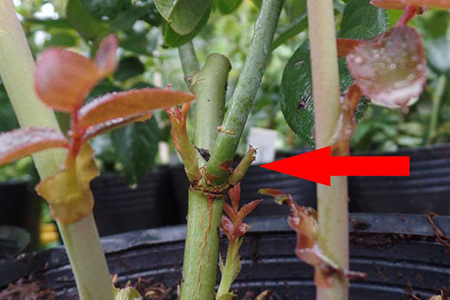
The role of buds in plant growth
Buds, tiny sprouts that hold enormous potential, play a key role in the life cycle of a plant. Buds are not only a sign of new life but are also the main driving force for a plant’s growth and development, both in height, width and fertility. Understanding the role of buds will help us take better care of plants, promoting strong and sustainable growth.
Plant growth begins with a seed, followed by a germination stage. It is from this sprout that the bud will appear, rise to receive sunlight and begin the process of photosynthesis. Through this process, the plant will synthesize nutrients to feed itself and develop many new shoots. Indeed, each bud has the potential to become a new branch, a green leaf or a brilliant flower.
A plant’s ability to regenerate is also closely tied to its buds. If the tree is injured, has its branches cut off or encounters adverse conditions, the buds will be the hope for the tree to recover. From the sleeping nodes deep in the trunk, new buds will rise, creating new branches, helping the tree maintain life and continue to grow. This explains why proper pruning is so important. For example, pruning helps remove weak, diseased buds, creating conditions for healthy buds to develop better, helping the tree grow stronger. A study published in the journal Horticulture Research shows that proper pruning can increase the yield of fruit trees by up to 20%.
Buds also play an important role in flowering and fruiting of many plants. The flower bud, a specialized type of bud, develops into a flower, then a fruit. The formation and development of flower buds depends on many factors, including light conditions, temperature, humidity and nutrients. This explains why some plants only flower during a certain season of the year. For example, many fruit trees such as apples, pears, and plums only flower in spring, when the temperature and humidity are suitable for the development of flower buds.
In addition, different types of buds have different functions. Leaf buds are responsible for photosynthesis and provide nutrients for the plant. The top buds help the tree grow taller and occupy space. Understanding the role of each type of bud will help us take more appropriate tree care measures.
How to care for plants so that the buds develop well
Caring for plants to promote bud growth requires an understanding of the needs of each plant species. However, some general principles apply to most plants. First and foremost is to provide the plant with enough water. Lack of water will cause the plant to wilt, inhibiting bud growth. Water regularly, but avoid over-watering, which can lead to rotting of the roots. You should water in the early morning or late afternoon to avoid rapid evaporation.
Besides, light is also a factor that determines the development of buds. Most plants need full sunlight for photosynthesis. However, the required light intensity varies depending on the plant species. Learn about the light needs of the plants you are growing to ensure they provide enough without burning the leaves. Some shade-loving plants need to be protected from strong sunlight, especially on hot days.
Nutrients also play an important role in bud growth. Balanced fertilization providing enough essential nutrients such as nitrogen, phosphorus, and potassium will help the plant grow strongly and produce many healthy buds. However, be careful not to fertilize too much, as it can easily cause leaf burn or root damage. You should choose the type of fertilizer suitable for each type of plant and growing time. For example, during the seedling stage, priority should be given to fertilizing with high nitrogen content to promote growth. During the flowering and fruiting stage, it is necessary to increase phosphorus and potassium so that the tree flowers abundantly and the fruits are large and delicious.
Pest and disease prevention also plays an important part in ensuring healthy growth of buds. Pests can damage the buds, reducing the plant’s ability to grow. Regularly inspect plants to detect early signs of pests and take timely treatment measures, possibly by biological or chemical measures, depending on the severity. This is very important, helping to protect the tree from the negative effects of pests. Several biopesticides that are safe for humans and the environment can be used.
Finally, attention should be paid to proper pruning to create conditions for good bud growth. Pruning helps remove weak, diseased shoots, creating space for healthy shoots to grow. Pruning needs to be done with proper technique to avoid damaging the tree. Depending on the type of tree, there will be different pruning techniques, so you need to learn carefully before doing it.


 0934.19.6789
0934.19.6789
